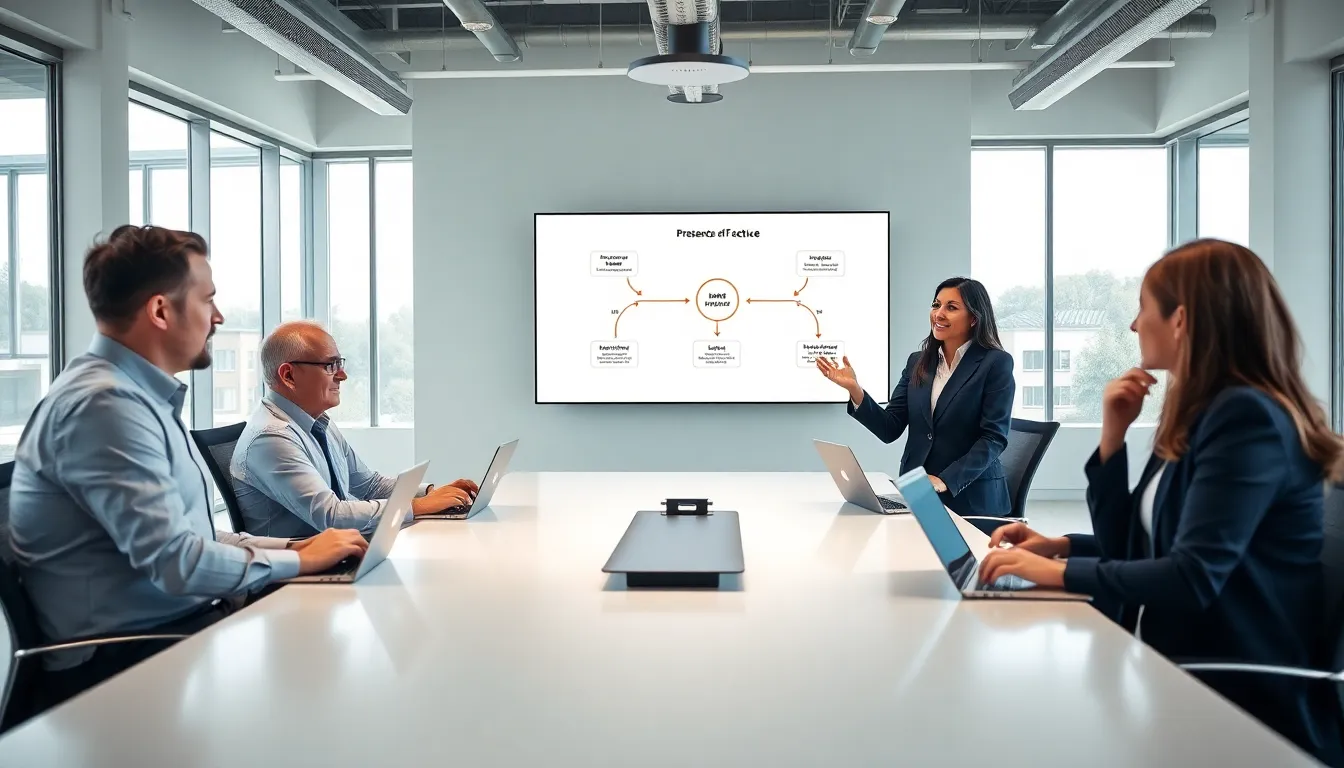Ever wondered if the phrase ‘I’m always here’ actually holds any water? In our hyper-connected world where notifications cling to us like a cheap shirt, it’s become easier to feel perpetually present. But what does that truly mean? Spoiler alert: it’s not just about answering emails at 2 AM. This article dives into the nuances of presence and availability, reminding you that being ‘always here’ might well serve as both a blessing and a curse. So buckle up as we navigate through this maze of modern existence.
Amyalwayshere

Presence has evolved way beyond simply being in the same room with someone. Nowadays, it’s about being active on multiple platforms, managing your virtual and physical selves simultaneously, and staying engaged in numerous conversations, whether they are digital or face-to-face.
This dynamic creates a blend of expectations. Colleagues expect quick replies on Slack while friends assume you’re just a text away. Isn’t it exhausting? The concept of presence now involves balancing the act of being there for others, while also showing up for oneself. People often grapple with this duality, questioning what it even means to be present in a society where distractions are a mere click away.
Also, the influence of social media complicates the definition further. One might be present online but not genuinely engaged. Likes and shares often substitute for authentic interactions. So, the prevailing question remains: How present can someone truly be in this whirlwind of stimuli?
The Importance of Availability in Personal and Professional Life
Availability has taken on monumental significance in both personal and professional realms. Being available signifies reliability and accountability. Colleagues often perceive it as a marker of professionalism, while friends may see it as a testament to commitment.
Let’s consider work life for a moment. A widely-held belief suggests that if an employee is readily available, they will be deemed more efficient. Unfortunately, this can result in a culture where the ‘always-on’ mentality prevails. People find themselves glued to their devices even when they should be enjoying coffee or family time. But in the personal sphere, how often do friends cancel plans because work commitments take precedence? Availability often serves as the silent backbone supporting relationships, and a lack of it can foster tension and misunderstandings.
Interestingly, the quest for availability sometimes leads to burnout. This paradox warrants reflection and begs the question: How can one be simultaneously present yet maintain boundaries?
Exploring the Emotional Impact of Being ‘Always Available’
On the surface, being ‘always available’ seems like a badge of honor: but, lurking beneath lies a more complicated emotional landscape. It can lead to feelings of anxiety, inadequacy, and even resentment. Individuals who feel compelled to be perpetually reachable may also experience sleep disturbances and decreased overall well-being.
The emotional toll can manifest in various forms. When someone is constantly checking their phone, even in social settings, it diminishes the quality of their interactions. Relationships may suffer when one party feels neglected for the digital world. Have you ever shared a meal with someone who seemed more interested in their notifications than the conversation at hand? It’s frustrating, to say the least.
The fear of missing out (FOMO) intensifies this emotional rollercoaster. While people strive to stay engaged, they often neglect their own mental health in the process. Finding a balance is critical to ensure well-being, and recognizing when being available borders on detrimental is a vital life skill.
Balancing Digital Connectivity and Personal Well-Being
Achieving equilibrium between digital connectivity and personal well-being requires intentionality. One must cultivate self-awareness and recognize when vibes shift. A good starting point? Evaluate app notifications. Disable alerts that drain your mental energy and promote distractions instead of meaningful interactions.
Engaging in digital detox, designating tech-free periods, can reinvigorate one’s sense of presence. Rediscover reading an old-fashioned book, enjoying the outdoors, or simply being with loved ones without distractions.
Mindfulness practices can also enhance one’s ability to remain present. Activities like meditation or yoga can teach individuals how to reconnect with their thoughts and feelings, promoting a nurturing relationship between their virtual and physical selves. The goal is not to sever your digital ties but to cultivate a healthier association with them, ensuring that being connected does not translate to being consumed.
Practical Tips for Managing Your Availability
- Set Boundaries: Establish clear times for work and personal life. Communicate these boundaries with colleagues and loved ones. This clarification can prevent misunderstandings.
- Use Do Not Disturb Mode: Use this feature on your devices during meals or dedicated relaxation time. Let technology work for you instead of the other way around.
- Limit Social Media Use: Schedule times to check your platforms. This practice ensures you’re not mindlessly scrolling during moments that could be spent in more fulfilling activities.
- Review Your Commitments: Sometimes we take on too much. Regularly assess which obligations are genuinely important to you and what can be dropped.
- Engage in Offline Activities: Prioritize hobbies that don’t require screens. Whether painting, hiking, or even cooking, find ways to infuse joy in your life away from digital devices.
These tips can help forge a healthier relationship with the notion of availability, making sure it complements rather than controls your life.

